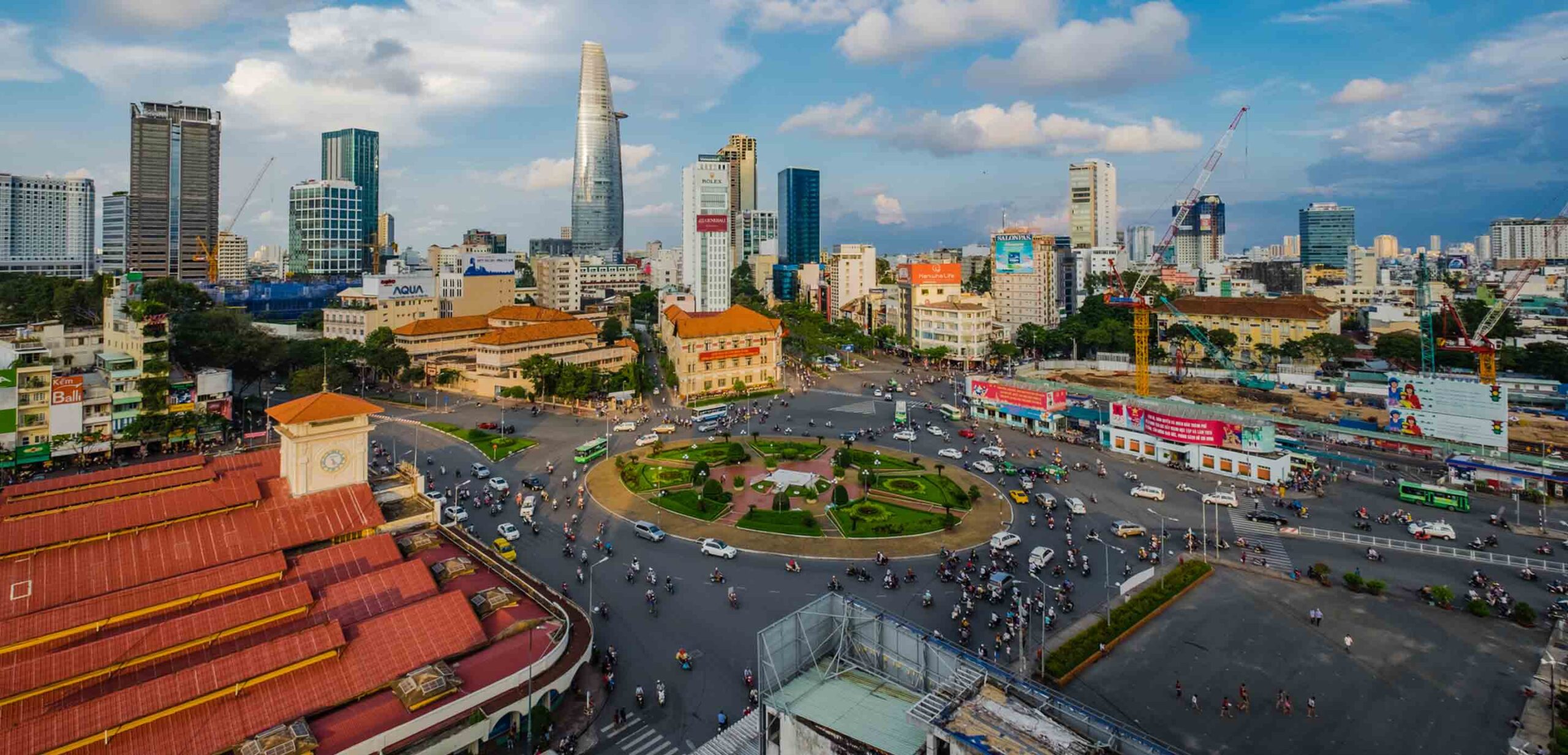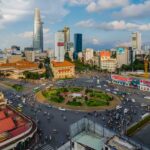
Vietnam has been aggressively opening new routes and bolstering capacity, particularly to India, creating an additional 345,000 seats which simply didn’t exist in 2019
The two giants of Asia, China and India, are critical for the revival of aviation and tourism industries across Southeast Asia, says a report by aviation industry tracking consultancy OAG.
In a press statement, OAG says that leaders throughout Southeast Asia have made it a priority to attract more Indian and Chinese travellers as a quick fix to boost their tourism and aviation recovery. However, OAG says, what is clear though, is that whilst air capacity between India and Southeast Asia is reaching towards pre-pandemic levels and beyond, China-Southeast Asia’s capacity is slow to gain momentum.
On air capacity from the two countries into Southeast Asia as of Q3 2023, OAG says that China-Southeast Asia operated almost double the number of seats at 8 million vs India-Southeast Asia’s 3.8 million, whilst the recovery vs 2019 levels couldn’t be more different. China was -53 pc of 2019 levels, whilst India, by contrast, was just 7 pcs down.
OAG says that closer analysis of India and Southeast Asia capacity for Q3 2023 vs Q3 2019, pre-pandemic, reveals that Singapore reached 13 pc above the pre-pandemic levels with 1.5 million scheduled seats and Indonesia recorded an enormous 1,465 pc growth, albeit with a much more modest 31,000 seats.
It adds that Vietnam has been aggressively opening new routes and bolstering capacity, particularly to India, creating an additional 345,000 seats which simply didn’t exist in 2019, while Malaysia and Thailand lag behind at 32 pc and 29 pc respectively below the 2019 peaks.
OAG says that an analysis of China and Southeast Asia capacity shows that there are pockets of recovery in the region. It says that Singapore, once more, is tracking best for recovery at just 23 pc below of 2019 levels and 2.3 million seats, while Thailand, formerly one of the top international destinations by capacity for China, languishes at 60 pc below.
OAG says that there is a noticeable lag in demand from China to purely leisure destinations, whilst demand for key capital cities, such as Jakarta and Hanoi, is a getting closer to pre-pandemic levels. It says that Jakarta was just 2 pc down on 2019 levels, Bali was still a massive 71 pc below the peak. It adds that Vietnamese capital Hanoi was barely 7 pc off the peak, whilst Nha Trang was 86 pc below the peak and Cambodian capital Phnom Penh was at 48 pc, Sihanoukville was at a staggering 100 pc below the 2019 levels as no airline has so far resumed flights to the city. However, analysis does highlight a key difference between Chinese and Indian air capacity to Southeast Asia: the connectivity to secondary and tertiary cities.
China, despite the slower recovery to these destinations, has far more connections to leisure destinations in Southeast Asia, like Bali, Phuket, Phu Quoc, Kalibo (Boracay), Penang and Pattaya, whilst India has connections to Phuket and plans for Bali – but that’s it.
Given the importance of Chinese tourism to Southeast Asia it makes sense that the Association of Southeast Asian Nations (ASEAN) and their respective governments are focusing their attention on China as the immediate ‘shot in the arm’ their tourism industry needs. India, on the other hand, will form part of their medium-term plan as connectivity grows.



















